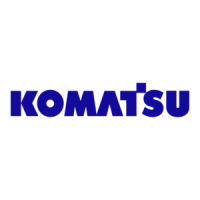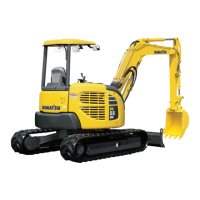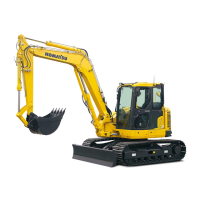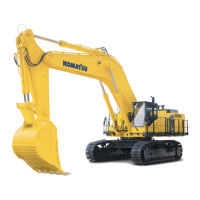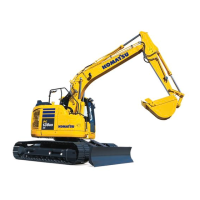USE OF THE MACHINE AND RELATED CONTROLS
116
3.3 USE OF THE MACHINE AND RELATED CONTROLS
3.3.1 BEFORE STARTING THE ENGINE
3.3.1.1 VISUAL CHECKS
Before starting the engine, look around the machine and under the machine to check for loose nuts or bolts, oil, fu-
el or coolant leakages, and check the conditions of the work equipment and the hydraulic system. Check also for
loose wires, excessive gaps, and accumulation of dust in places that reach high temperatures.
q
When opening the engine hood, the radiator cover and the
battery cover to carry out inspection or maintenance oper-
ations, always open them completely and secure them in
the correct position with the apposite retainer.
q
Immediately remove any flammable materials that may
have accumulated around the battery, the exhaust silencer
or other hot parts of the engine. Any oil or fuel leakages
may cause fires and damage the machine. Always perform
thorough checks and carry out the necessary repairs; if
any fault occurs repeatedly, contact your Komatsu Distrib-
utor.
q
Make sure that the cab floor is properly fastened with the screws (1). If it is not secured properly, it may
cause serious injury.
Carry out this check with the machine parked on level ground. If the machine is inclined, position it hor-
izontally before carrying out the check.
Carry out the following inspection and cleaning operations every day before starting the engine.
1. Check the work equipment, the cylinders, the articulations and the pipes for damage, wear, excessive play. If
any anomaly is observed, provide for the necessary repairs.
2. Remove dirt and dust from around the engine, the battery, and the radiator.
Check that there is no dirt or dust accumulated around the engine or the radiator. Check also that there is no
flammable material (dry leaves, twigs, etc.) accumulated around the exhaust silencer, the hot parts of the en-
gine or around the battery. Remove all dirt, dust, and flammable materials.
3. Make sure that there are no water or oil leakages around the engine.
Make sure that there are no oil leakages from the engine or coolant leakages from the cooling system. If any
anomaly is observed, provide for the necessary repairs.
4. Make sure that there are no oil leakages from the hydraulic system, the hydraulic tank, pipes, and joints. Make
sure that there are no oil leakages. If any anomaly is observed, provide for the necessary repairs.
5. Check the components of the undercarriage.
Check the tracks, the sprocket, the idler roller, and the guards for damage, wear, loose bolts, and make sure
that there are no oil leakages from the rollers, etc.
If any anomaly is observed, provide for the necessary repairs.
6. Check the handles that are used to reach the driver seat.
Make sure that there are no damaged or loose bolts, repair the damaged parts and tighten any loose bolts.
7. Make sure that there are no faults in the gauges and the warning lights.
If any anomaly is observed, provide for the necessary repairs. Clean any dirty surface.
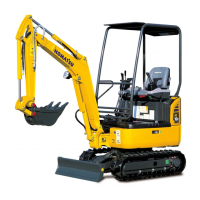
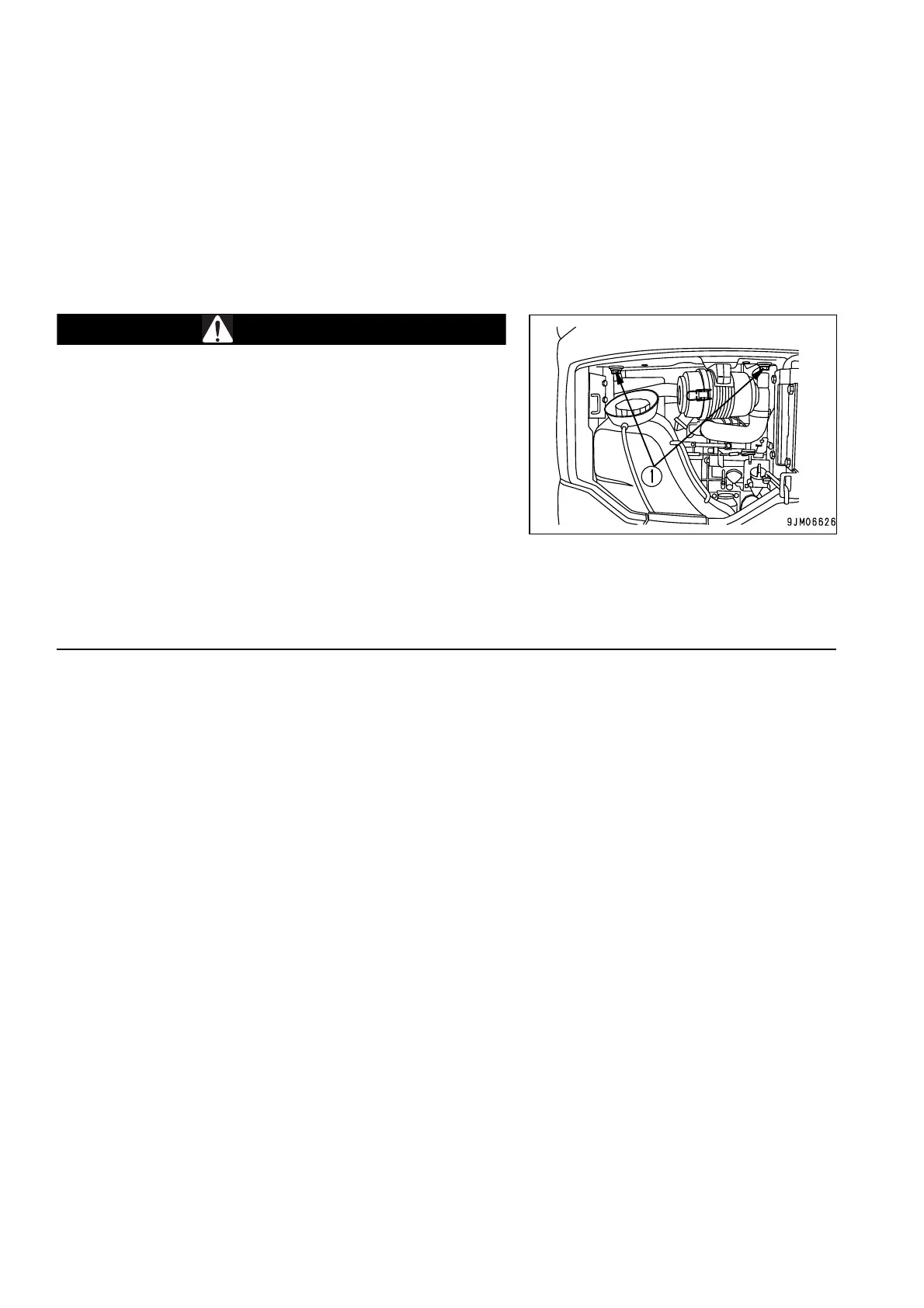